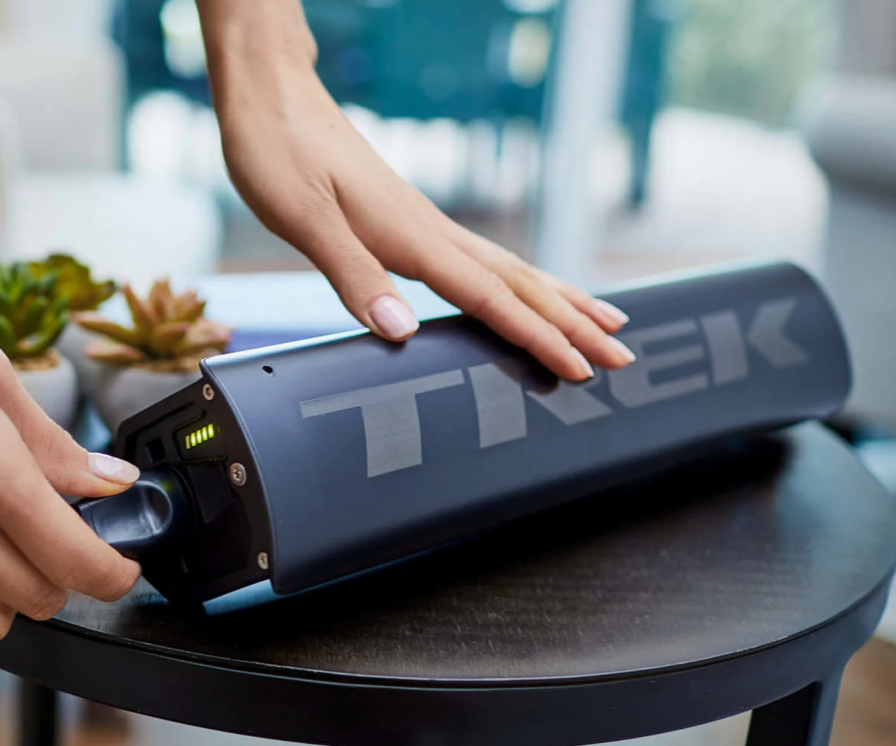You already know I’m a huge fan of e-bikes. They are game-changers—especially for us here on the Northern Beaches. They flatten out any hill, making cycling accessible to everyone.
E-bikes are great, but all the new parts and choices out there can get confusing. If you’re feeling that, don’t stress! Let me explain.

Frame
E-bike frames are very similar to those on traditional bikes.
The only difference is that they sometimes look a bit thicker because this is where most e-bikes house their battery and motor.
Motor
There are 2 main types:
- Mid-drive motors – Located in the middle of the bike, at the centre of where you pedal. They provide a stable centre of gravity and smooth support that feels more natural when pedalling.
- Hub-drive motors – Hub-drive motors are inside the hub of the rear wheel, near the bicycle’s back gears. These are often quieter and more affordable.


Battery
Just as petrol fuels The battery in your e-bike powers the motor.
The battery in your e-bike powers the motor.
The battery capacity is measured in watt-hours (Wh). This tells us how much energy it can store, which affects how long you can ride between each re-charge.
Controller
This is where you control your motor.
You can adjust the electric assist up or down, and in some cases, even turn it off, making your e-bike behave like a regular bike.


Display
The display. is sometimes combined with the controller.
The display shows how much battery life is left and the level of assistance you’ve selected.
Some displays even have extra features, like a speedometer, ride metrics, activity tracking and route mapping.
E-bike jargon, explained!
1. Torque
Think of torque as the muscle of your e-bike. While it might seem like bigger is better, it’s all about balance. High-torque e-bikes are your hill-climbing champions, but for a smoother, more natural ride, you might prefer something with a bit less oomph.
2. Power
Power is what keeps your e-bike’s motor humming. It’s measured in watts (W), and to keep things on the safe side, e-bike motors are capped at 250W to stay in the bicycle category. This doesn’t mean you can’t go faster; it just means the motor will stop helping you at that speed.
3. Charge Cycles
Like all rechargeable batteries, e-bike batteries have a lifespan measured in charge cycles. Think of it as the number of “full battery lives”. Most e-bike batteries can recharge 800-1,000 times, which means over 16,000km of rides!
Like with most batteries, to maximise battery lifespan, avoid completely draining it where possible. It’s good practice to recharge at around 20%.
4. Range
Range is all about how far your e-bike can take you on a single charge. Many factors play a role here, from the type of terrain to your riding style. Some e-bikes even give you real-time range updates, making it really easy to manage your range.
5. Pedal assist
Pedal assist means exactly that. There is no throttle! They assist you to pedal by helping turn the back wheel (hub motor) or crank arms (mid motor). This keeps the bike feeling like a regular bicycle, only much easier to ride.
Under Australian road regulations, pedal assist will help you up to 25km/hr. You can of course go faster on your bike and the assistance will automatically re-engage when you drop below 25km/hr.
It’s like having an invisible friend pushing you along.


Trek Allant+ 7
Was $6,499.99
Sale Price: $5,999.99
SAVE $500

Fuel EXe 9.7
Was $9,999.99
Sale Price: $6,999.99
SAVE $3,000
Above are some of our best-selling e-bike models, and we have many more in store. Pop and give one a go – You will love it.
All BBF bikes are fully assembled and safety checked before leaving the store, and like every new bike purchased at BBF, e-bikes also come with 12 months of UNLIMITED free silver servicing.
See you soon.
Stay safe,![]()
Andrew





